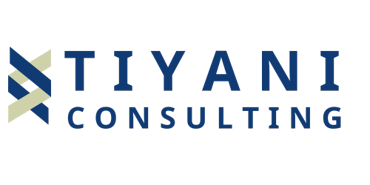Process Analysis
Process analysis is a systematic method of examining how work is done within an organisation. It involves breaking down a process into its component parts and studying each part to determine how it contributes to the overall outcome.
Importance:
This analysis helps organisations identify areas of inefficiency and waste. By understanding the flow of work, businesses can pinpoint bottlenecks and areas where work is duplicated or unnecessary, leading to cost reduction and increased productivity.
Identify the Process:
Clearly define the process to be analysed, including its scope, purpose, and desired outcomes.
Gather Information:
Collect detailed information about the current process through interviews, observations, surveys, and reviewing existing documentation.
Map the Process:
Create a visual representation of the process to understand the sequence of steps and interactions.
Analyse the Data:
Examine the collected data to identify inefficiencies, bottlenecks, and areas for improvement.
Implement Changes:
Develop and implement strategies to streamline the process, eliminate waste, and improve efficiency.
Continuous Improvement
Ongoing support and monitoring to ensure sustained efficiency and productivity improvements.
Regular Training and Development:
Invest in ongoing training programs to keep employees’ skills up-to-date and encourage a culture of learning and growth.
Feedback Loops:
Implement regular feedback mechanisms, such as surveys and performance reviews, to identify areas for improvement and address them promptly.
Process Optimization and Resource Allocation
Comprehensive Workflow Analysis:
Identify Bottlenecks: Conduct detailed assessments to pinpoint inefficiencies in current workflows.
Eliminate Waste: Streamline processes by removing redundant steps and automating repetitive tasks.
Strategic Resource Planning:
Optimal Resource Use: Allocate resources based on project needs, ensuring the right people, materials, and technology are used effectively.
Dynamic Adjustments: Continuously monitor resource utilisation and adjust allocations to respond to changing project demands.
Integrated Technology Solutions:
Automation Tools: Implement software solutions to automate routine tasks, reducing manual effort and errors.
Data Analytics: Use analytics to track performance metrics and make data-driven decisions for process improvements.
Operational Efficiency
We can help organizations streamline their operations to reduce costs and improve productivity. This involves analysing current operations, identifying bottlenecks, and implementing solutions to enhance efficiency.


